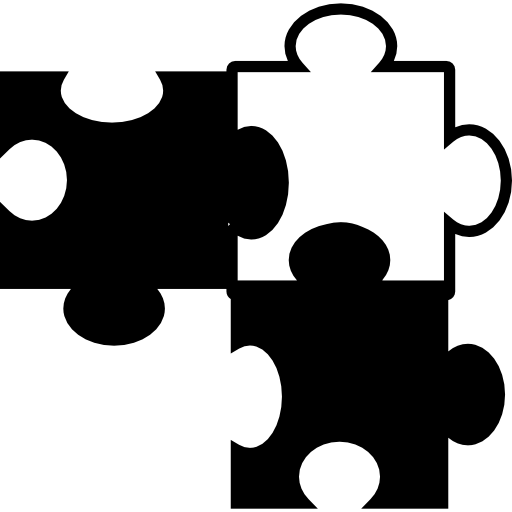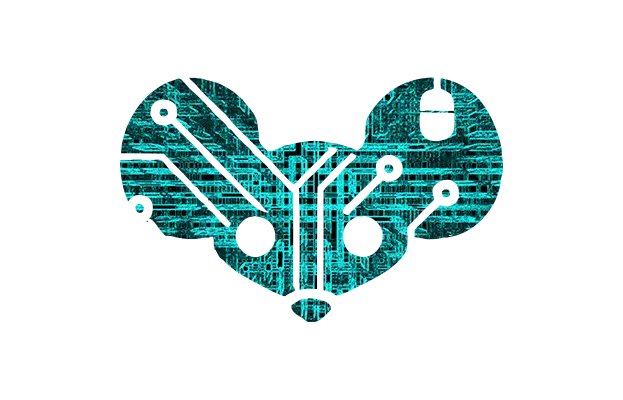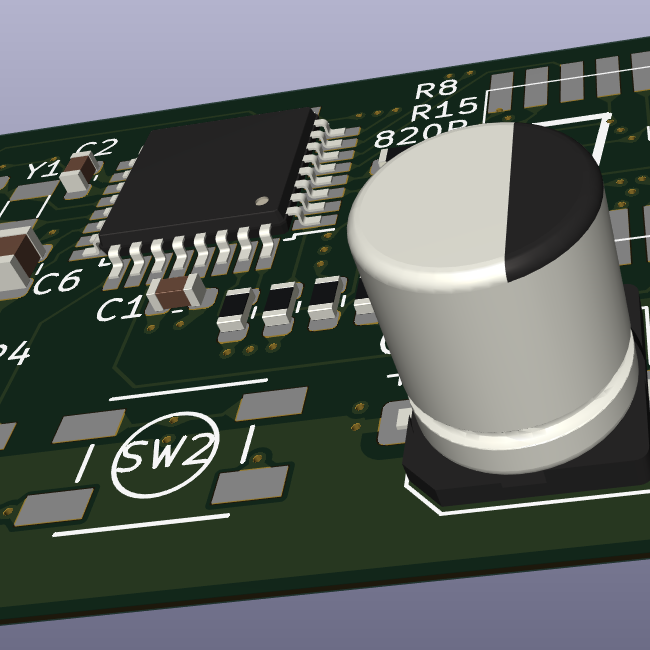

That is probably a last resort and we are far from that point. The way I see it, the root cause is fairly basic ignorance that has been allowed to fester for a bit too long. If they were all-out MAGA, I would say it is willful stupidity and would write them off fairly quick. Otherwise, I am not so quick to toss family out with the rest of the trash. Ignorance can be fixed but stupidity usually can’t.




















So I googled it and you still sound like a smug jackass.
High BMI may increase the risk of snoring, based on other sources. Unfortunately, you have somehow just dropped age, gender and other factors.
I did stumble on this as well: https://www.psychologytoday.com/us/blog/the-athletes-way/202110/does-googling-perpetuate-the-dunning-kruger-effect